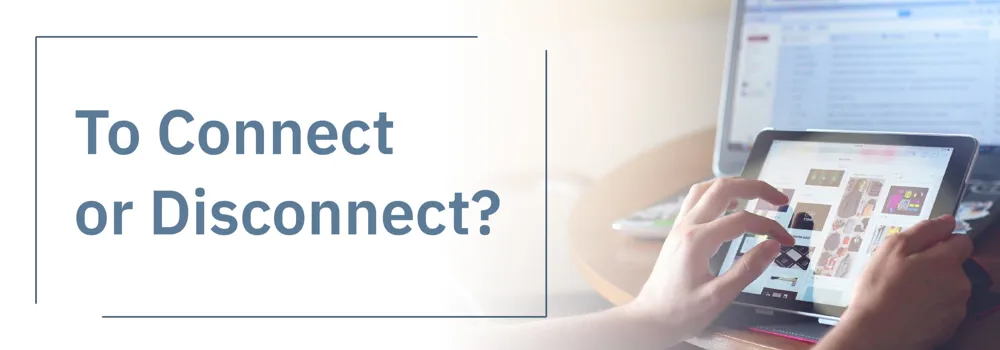Group legal insurance plans are one of the fastest growing employer benefits.

To Connect or Disconnect?
To Connect or Disconnect?
Whether you’ve just ordered a latte at your local coffee joint or settled into your window seat on an airplane, your most pressing question becomes – Do you have Wi-Fi? Wireless connections are virtually everywhere, be it 30,000 feet above or 180 feet below in a crowded subway. We depend on public networks to stay connected on social media, complete work tasks, download apps, or simply to peruse the internet. These everyday smart device activities come with a risk, however, when using unknown, public networks.
Hackers love unsecure public networks. Their most common schemes are known as Man-in-the-Middle Attacks. When you connect your laptop to a wireless connection, say in an unfamiliar restaurant or shopping mall, the data you send and receive from your computer must go through the network. During this transmission of information from your laptop to the public service, hackers (a.k.a, the man in the middle) are able to read and compromise your data. Other popular hacking tactics include snooping, sniffing, and creating malicious hotspots.
The most important thing to understand when connecting to public Wi-Fi is whether your connection is secure or unsecure. An unsecure network, as mentioned above, is the riskiest of the two and can be connected to without entering credentials such as an account login or password. A secure network, on the other hand, requires the user to either login, enter a unique passcode, agree to legal terms, and/or potentially pay a fee for service, as is the case in some hotels. If a network is asking for more than just a name or e-mail address, it could be posing falsely as a secure network, so do your research before giving away too much information.
A few fool-proof ways to safely navigate public Wi-Fi are as follows:
Disable automatic network connections
Have you ever tried to load a web browser thinking you’re using cellular data, only to find out the spotty service is due to a mysterious connection to a nearby Wi-Fi network? This is likely due to your device settings – you may have enabled your cellphone, laptop, or tablet to automatically connect to “known” networks. Disabling this capability gives you the authority to connect to networks only you trust, not ones your device simply recognizes.
Limit accessing sensitive information
Those Man-in-the-Middle Attacks could be increasingly damaging if they occur while you are accessing your bank account or entering credit card information for an online retailer. Unless accessing private accounts is urgent, try to avoid sharing account numbers, addresses, and other sensitive information while connected to public Wi-Fi.
Also, don’t forget to log out of any member portals you access.
Use a VPN
VPNs are especially helpful for those who have to rely primarily on public networks. VPNs scramble the information you share over the internet into an inaccessible code, therefore decreasing your chances of being hacked. Using a VPN also ensures your connection is private.
Tip: If a website reads “https” in the URL, it is encrypted. The “s” stands for “secure”.
Switch Bluetooth to “Off”
Bluetooth is an exceptionally handy tool. It has made filesharing, streaming, and essentially all transfer of data easier than ever before. Always having your Bluetooth on, however, opens the door to unwanted hacks. Cyber criminals can use AirDrop and other file sharing tools to manipulate your information and software.
If turning your Bluetooth completely off impedes your workflow, you can also change your settings to accept shared files from your contacts only.
More Identity Theft protection tips can be found here.





